The islands are not only for summer! Some say that Menorca is even more beautiful in winter, if possible. We tell you why, so you can start to plan your next getaway very soon!
There are thousands of reasons to visit Menorca in winter: the mild weather (because even if it might be a bit too cold to bathe in the sea, you can relax or read a book on the sand). You can sit outside and enjoy "caldereta" (a hearty lobster stew), or taste fresh produce from the vegetable garden or the sea. The island’s cultural scene, including art, cinema, museums, cultural centres and much more. Its untamed natural beauty, which you can discover as you go hiking, or you can enjoy water sports all year round.
10 things to do in Menorca in winter
1. A walk around Binibeca and the surrounding area
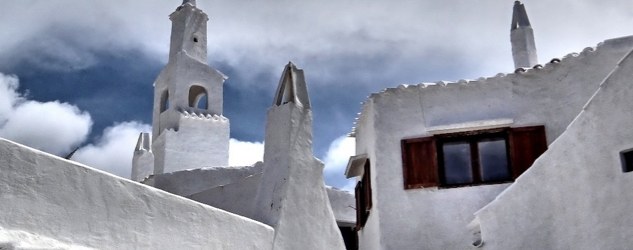
This beautiful village with winding, whitewashed streets and an amazing sea view looks like something out of a fairy tale. You can wander the streets and take lots of photos. And then you can head towards Punta Prima to enjoy the beach and the charming view of a small island with a lighthouse in the background: Illa de l'Aire.
2. A visit to Maó
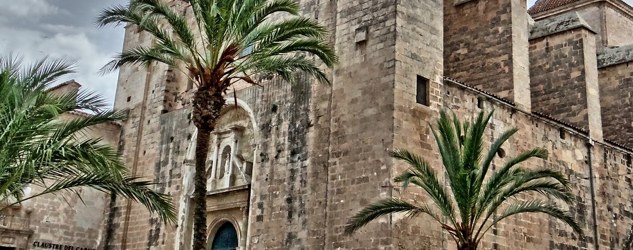
Maó is a must for any adventurer: it’s a lovely port town that’s always bustling with life. The historic centre is not to be missed: you can see the Town Hall, the churches of Santa Maria and Nostra Senyora del Carme and Portal de Sant Roc, the remains of the old city walls. You’ll feel like you’ve gone back in time!
Maó port is absolutely beautiful: it’s the perfect place to go for a stroll to see the boats and stop to enjoy a rice dish at one of the restaurants. If you fancy a bit of peace and quiet, you can go to Es Grau and, as well as the beach, you can explore the s’Albufera des Grau Nature Reserve.
3. Menorca Museum
You can’t leave the capital of Menorca without paying a visit to the Menorca Museum, situated in an old Franciscan convent. It’s worth going just for the building itself! It’s considered to be the island’s most important museum and, with a collection of over 200,000 items, it invites us to discover the interesting history of Menorca, from prehistoric times to the present day.
4. Choose a cove
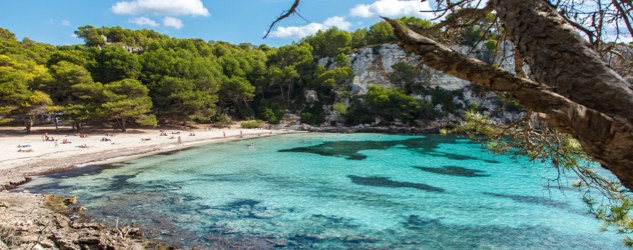
If you love the sea, you’ll probably find it hard to pick the coves you want to visit. There’s something for everyone and they are all as beautiful as the next. Surrounded by nature, they are havens of peace and tranquillity which are accessed by small paths, perfect for those who love trekking. Who cares if it’s winter? You’ll still feel like paddling, relaxing in the sun, lying on the sand to read a good book, or doing water sports. The island is chock-full of coves and it’s hard to say which ones are best. But here are a few of the really nice ones: Turqueta, Tortuga, Macarella, Mitjana, Escorxada, Galdana and Cala Pilar. Try visiting some in the north and some in the south to see the difference!
5. Hiking & trekking
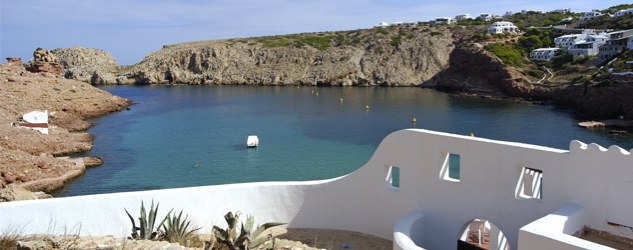
If you love hiking, whether you want to wear out your boots or just go for a gentle walk, you’ll enjoy exploring Menorca on foot. There are all kinds of routes: you can walk along the coast or venture into forests, while breathing in the fresh air. Camí de Cavalls, for example, is a 185-kilometre route that goes round the entire island and dates back to the 14th century, when it was used to protect the coast and connect the defence towers.
Here are a few suggestions: The 5.2-kilometre route between Cavalleria and Cala Pregonda is truly beautiful. Or the 7-kilometre route from Punta Nati to Cala Morell. And if you’re into cycling, there are many waymarked trails that you can follow.
6. Ciutadella, port and monuments
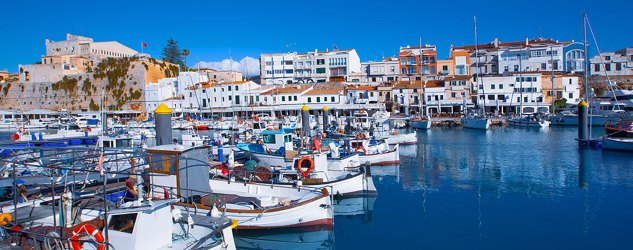
The port of Ciutadella is perfect for sitting outdoors at a restaurant and tasting traditional seafood dishes. You can spend the rest of the day exploring its lovely streets lined with craft shops. You won’t be able to resist buying a souvenir or two! Then you can explore Plaça des Born, where you can find the Town Hall and important buildings such as the theatre, Salort Palace and Torressaura Palace. And don’t forget to walk under the porches of Ses Voltes street, visit the Church of Roser and save at least an hour to visit Can Saura, the Municipal Museum of Ciutadella, a beautiful Baroque gem. And last but not least, the Cathedral of Santa Maria is one of the main attractions in the city. It’s a beautiful Gothic building that was commissioned by King Alfonso III.
7. An interesting cultural programme
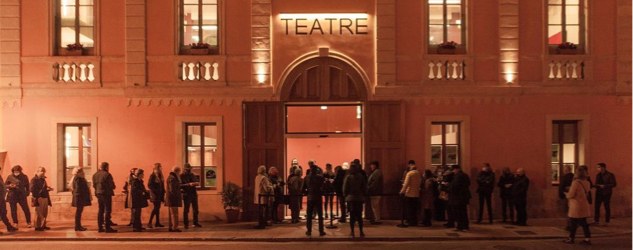
The islanders tend to be quite active and love to be out on the street and attend all kinds of cultural and gastronomic events. Thanks to this, the city offers an interesting cultural programme all year round, so there will always be something to enjoy. Theatre, exhibition halls and concerts, cultural centres that also offer children’s events, day trips, presentations in bookshops, activities in libraries, concerts to suit all tastes, cinema and much more. It’s worth planning ahead and checking what’s on so you don’t miss a thing!
8. A tour of prehistoric Menorca
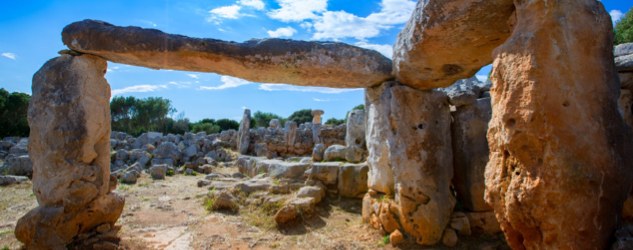
The Talayotic culture in Menorca managed to erect cyclopean buildings between 1600 BC and 123 AD. You’ll be amazed by the circular houses, taulas up to 4 metres high, and amazing talaiots. There are many of such sites scattered around the island. All you need to do is pick which ones you want to visit!
La Naveta des Tudons, Torre d’en Galmés and Torralba d’en Salort are three good examples that are well preserved. If you fancy a bit more, you can always visit the Talatí de Dalt, la Cala Morell necropolis and the Trepucó Talayotic Settlement.
9. Charming villages: Fornells, Es Mercadal and Alaior.
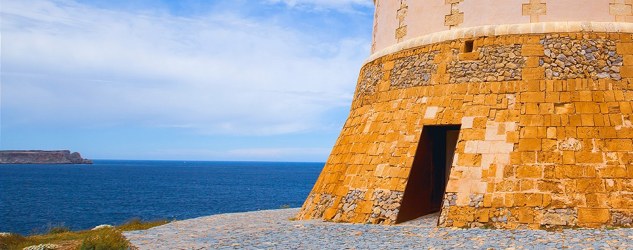
You can’t leave Menorca without visiting Fornells Tower (built under British rule at the beginning of the 19th century), and exploring this coastal village where it is said that you can try the best “caldereta” on the island. The bustling port, Castell de Sant Antoni and the Church of Sant Antoni Abat are places not to be missed in Fornells. Es Mercadal, in the centre of the island, is also a must, as it offers many examples of traditional Menorcan architecture. Alaior, one of the island’s most picturesque villages, with whitewashed streets and an important history, is another good example of an inland village that captivates visitors all year round.
10. Lighthouses & castles
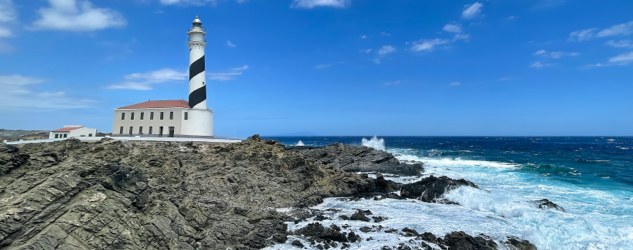
You can snap an obligatory photo next to a lighthouse at sunset: at Favàritx, Cavalleria, Punta Nati or Artrutx, to name just a few of the lighthouses that are dotted along the coast. As for castles, we have those of Sant Felip or Santa Àgueda. The Fortress of Isabel II and Sant Nicolau Castle are also essential on this island where you’ll never run out of things to see. Especially in winter, when the noise dies down and everything seems to move at a slower pace.
Have you made up your mind yet? It’s time to discover the lesser-known side of Menorca!







